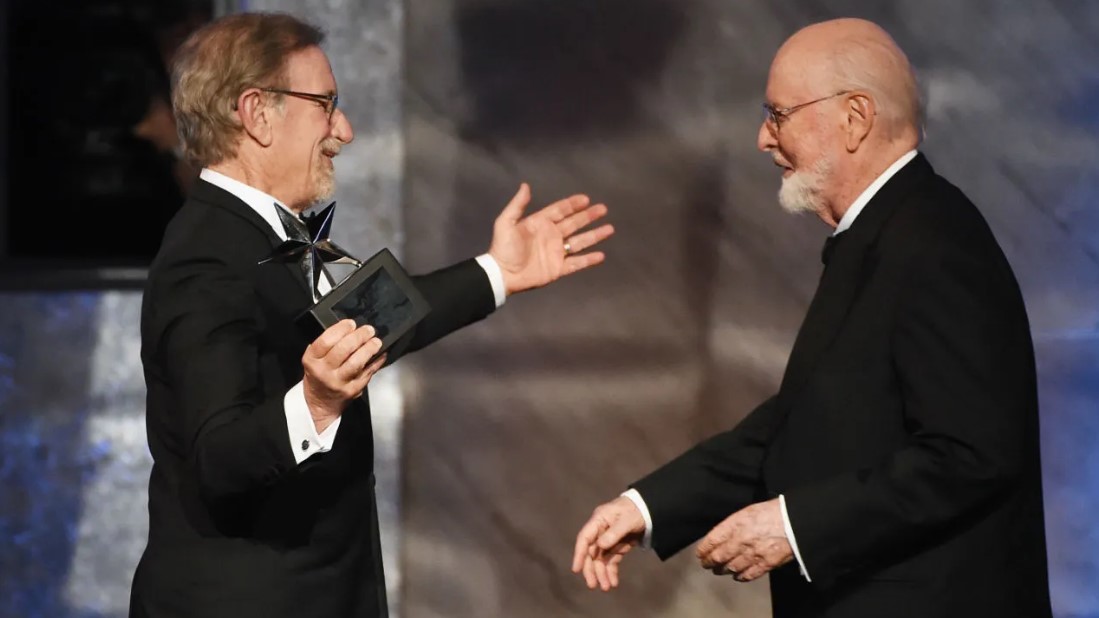
Steven Spielberg Fan Mail Address:
Steven Spielberg
DreamWorks Animation, Llc.
1000 Flower Street
Glendale, CA 91201
USA
Address Info:
DreamWorks Animation, Llc.
(Company)
1000 Flower Street
Glendale, CA 91201
USA


Steven Spielberg
DreamWorks Animation, Llc.
1000 Flower Street
Glendale, CA 91201
USA
DreamWorks Animation, Llc.
(Company)
1000 Flower Street
Glendale, CA 91201
USA